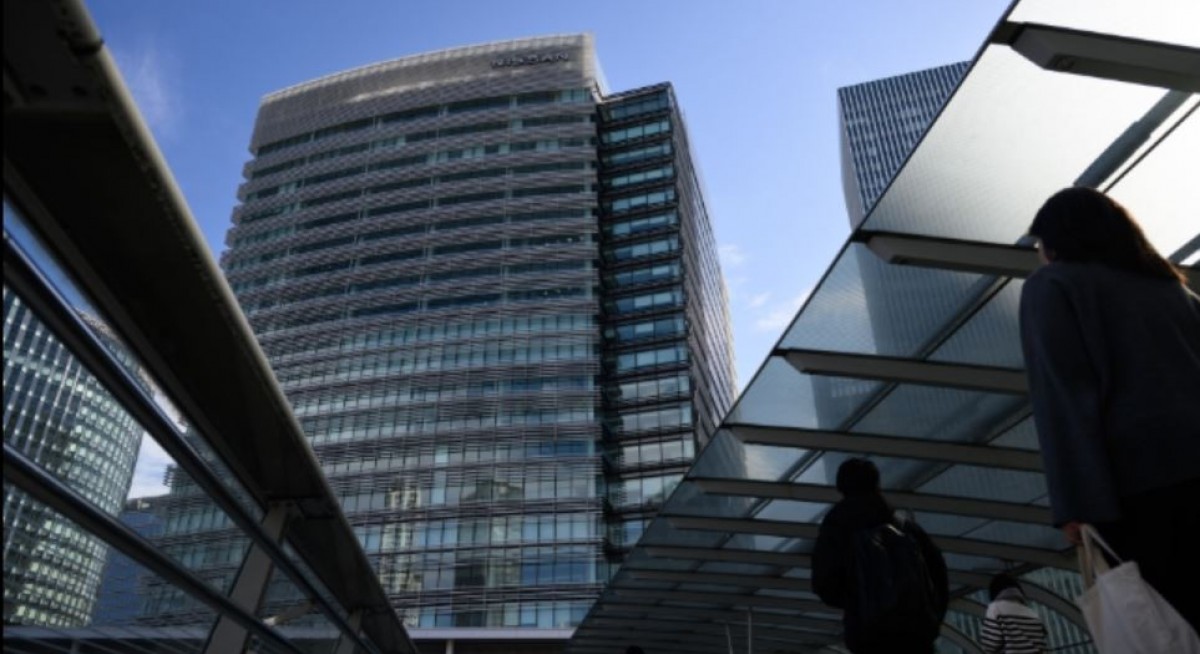New York-based KKR has been expanding its business in Japan, especially in private equity and real estate deals. Co-Chief Executive Officer Joseph Bae said last year that Japan was the firm’s most active market outside of the US for investment. Earlier this year, KKR sealed a US$4.4 billion deal to take Japanese tech company Fuji Soft Inc. private.
Nissan’s headquarters are in the central business district of Yokohama, a port city south of Tokyo that makes up the greater metropolitan area of the Japanese capital. The carmaker has been grappling with an aging vehicle lineup amid intensifying competition from China’s rapidly expanding electric vehicle sector.
Nissan also faces US$5.6 billion in debt obligations due next year. The company forecast ¥180 billion in operating losses for the April-September period. It’s still in the early stages of a turnaround plan that will see it cut 20,000 jobs and reduce manufacturing sites from 17 to 10. It also faces headwinds from US President Donald Trump’s trade war, with a forecast ¥300 billion hit from duties.
“Nissan’s challenge is to restore profitability through bold and comprehensive restructuring,” Bloomberg Intelligence senior auto analyst Tatsuo Yoshida said in a note on Aug 21. “Priorities include optimizing production capacity and workforce levels, cutting excess inventory and revitalising underperforming operations in China.”




